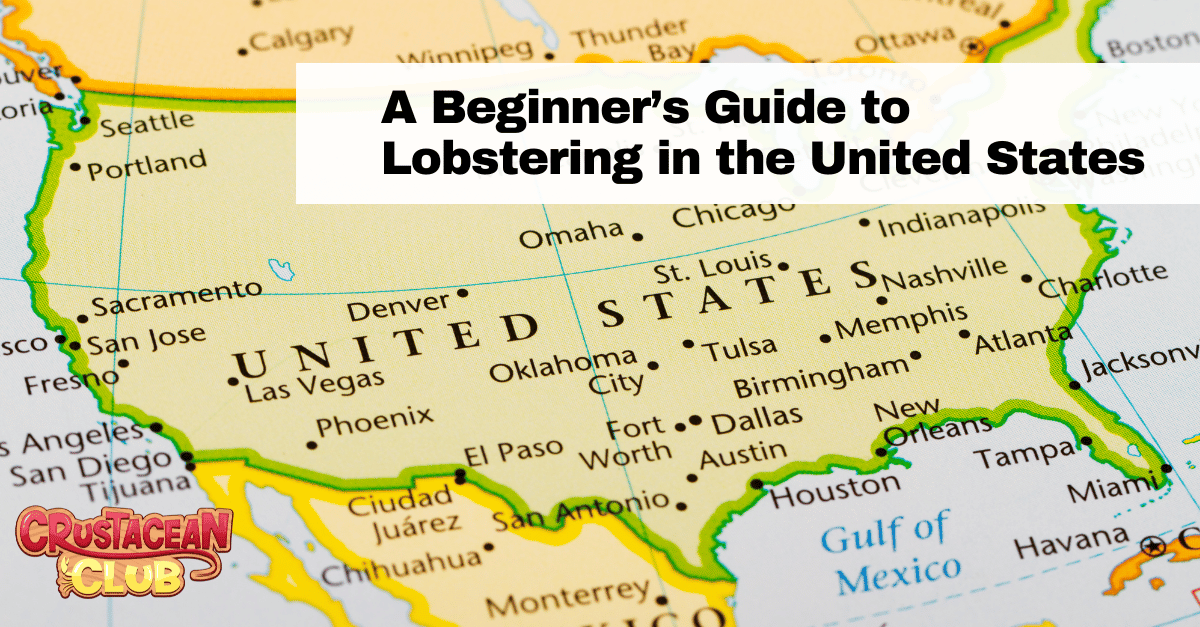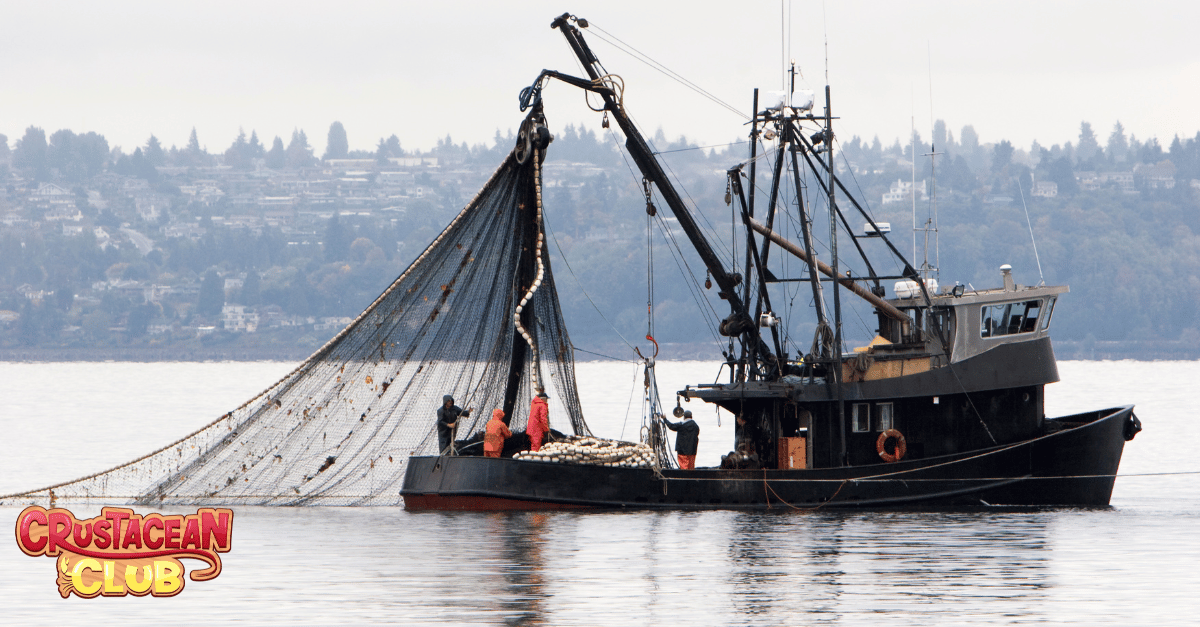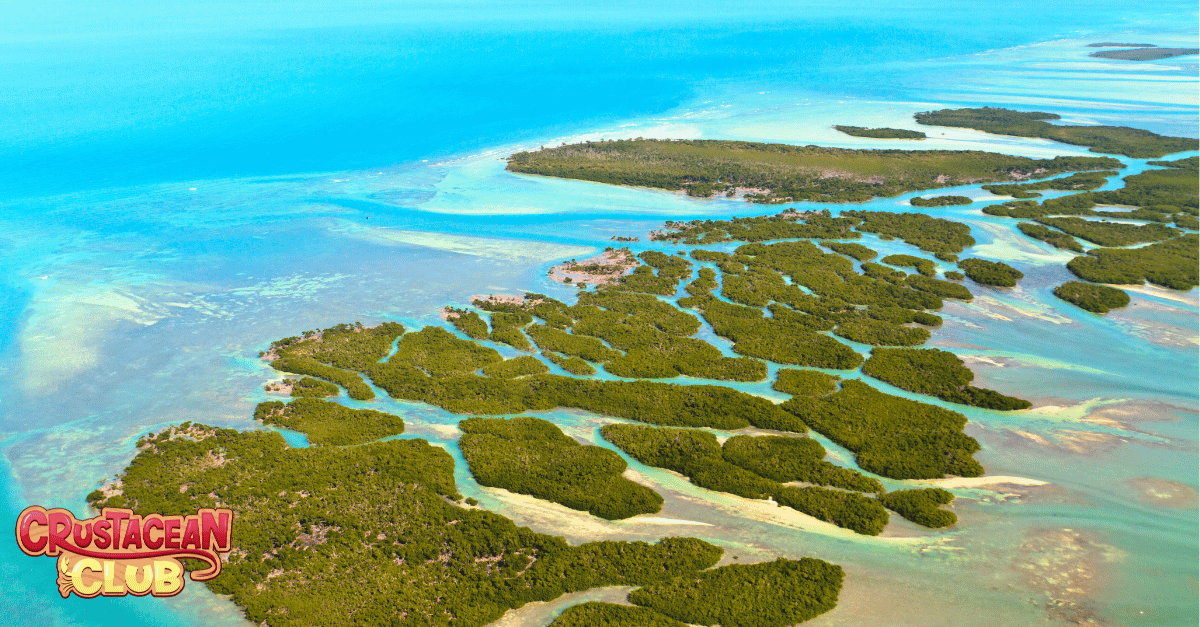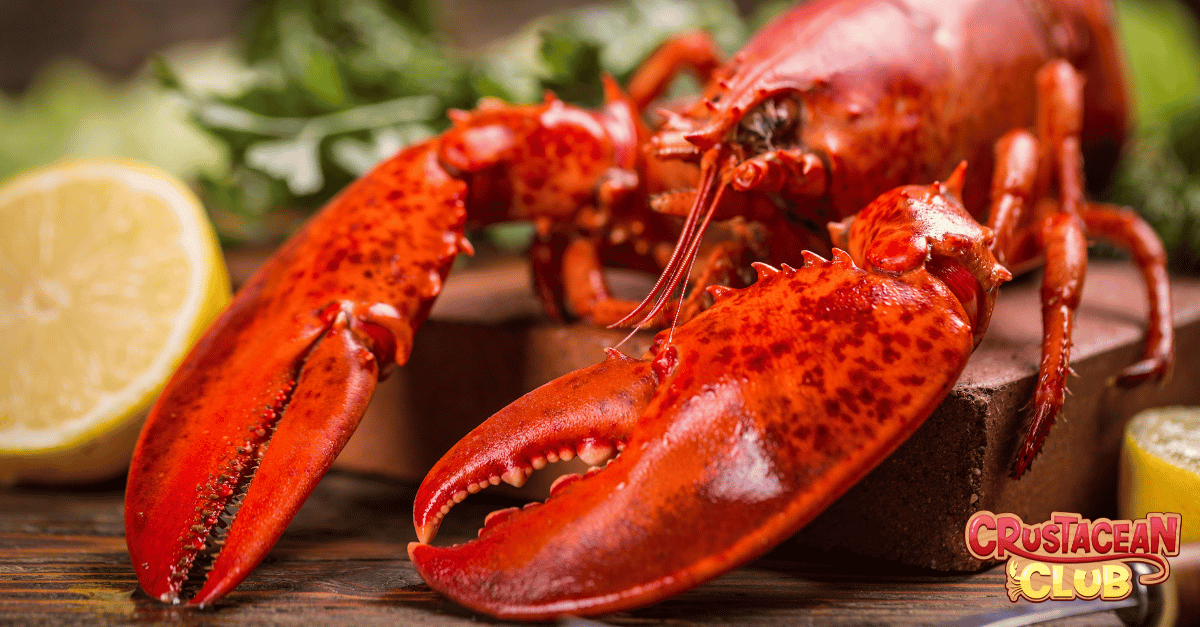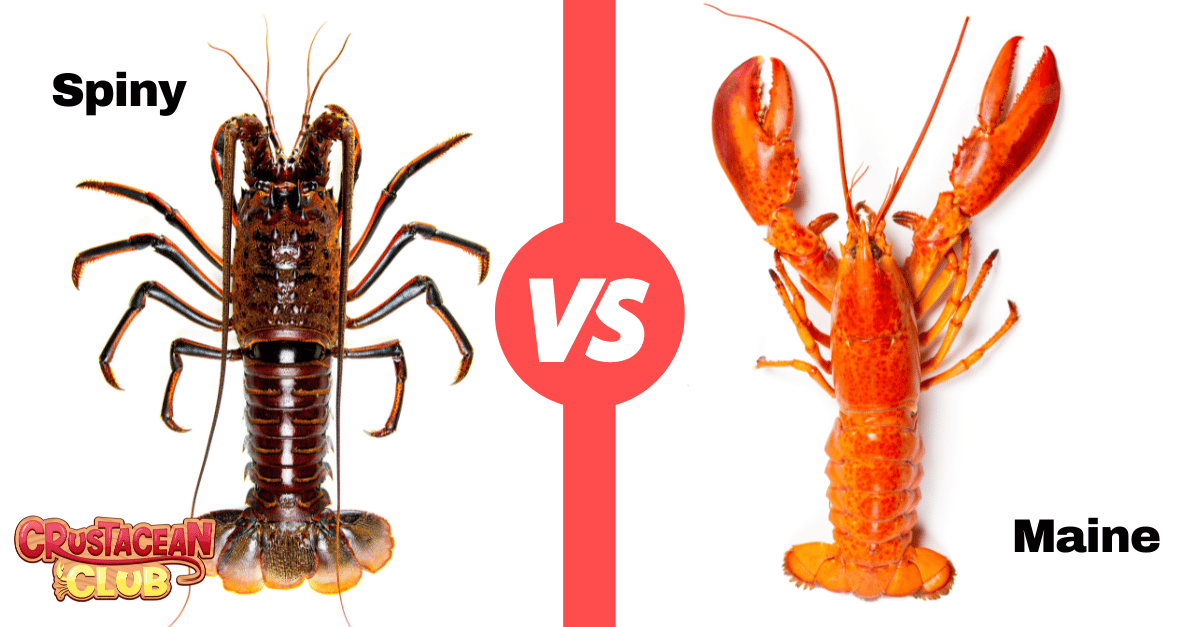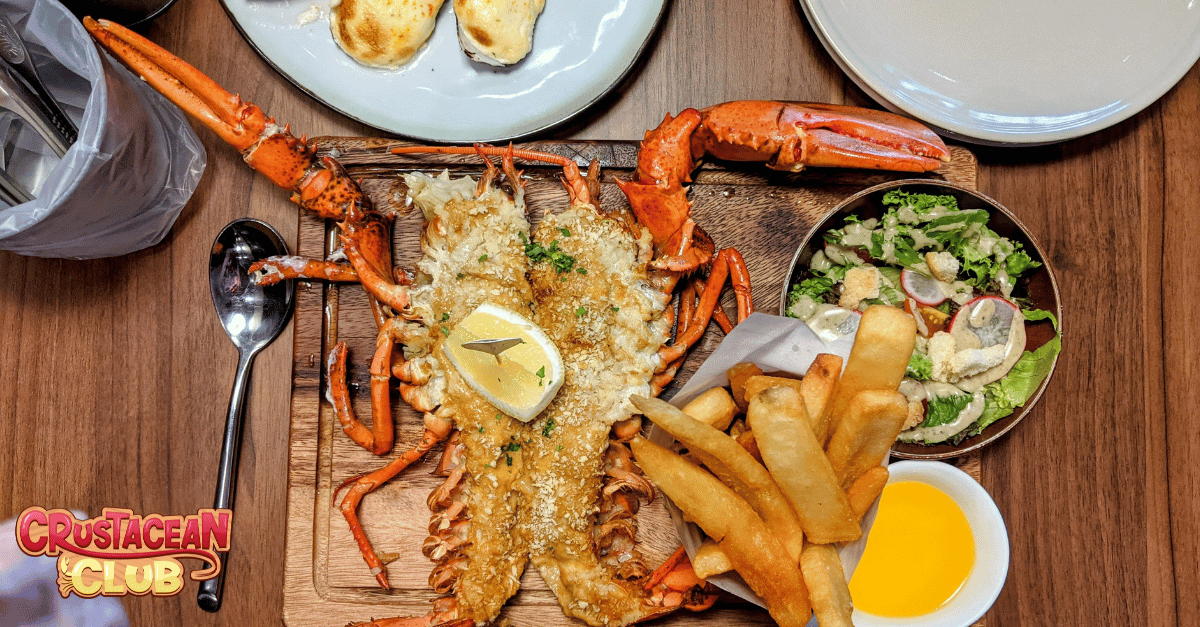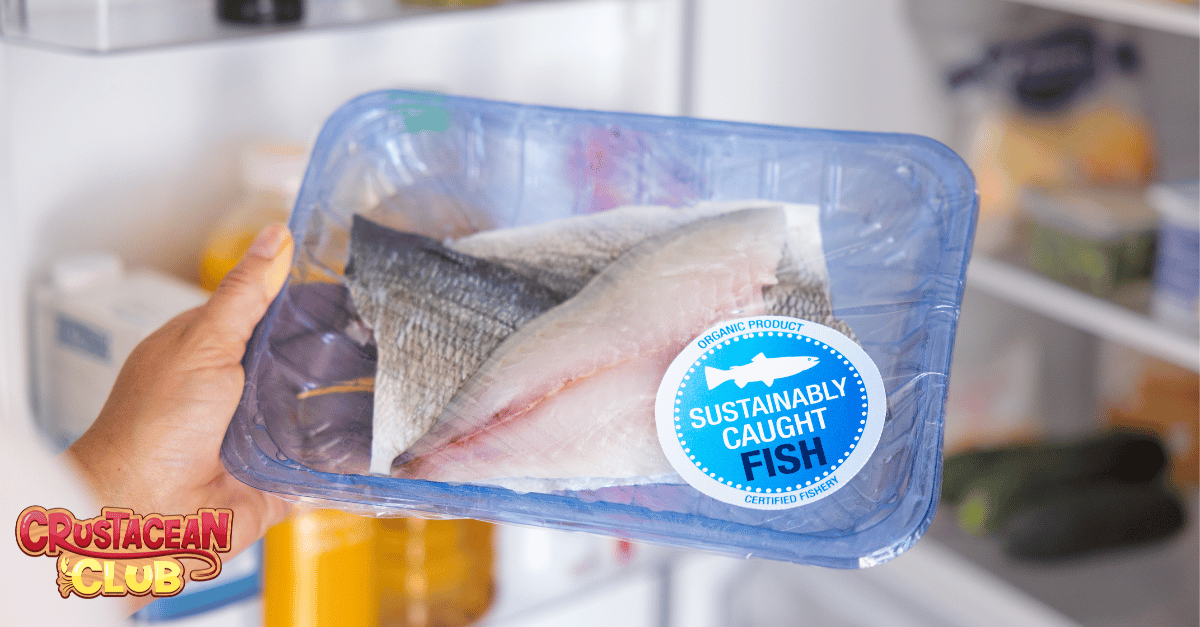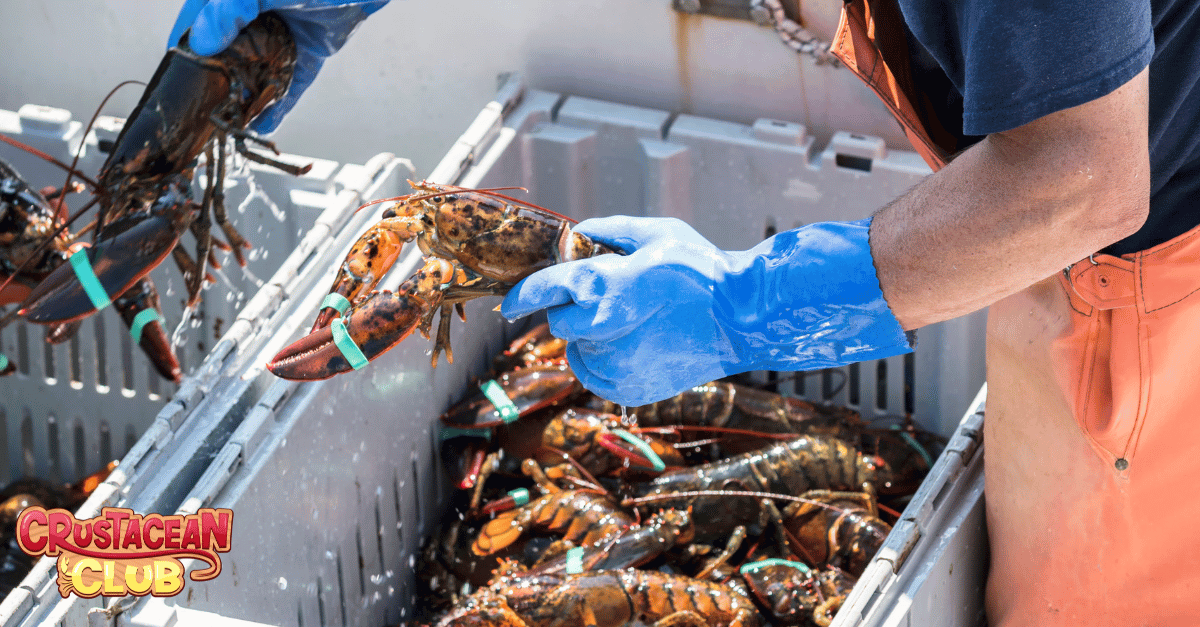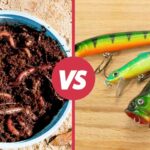A Beginner’s Guide to Lobstering in the United States
The significance of lobstering stretches from coast to coast in the United States. In this blog, we explore the lobster’s cultural impact, pinpointing the prime lobster seasons and territories, as well as detailing the regulations safeguarding this delicacy. We will also discuss the traditions and sustainable practices that keep the lobster industry thriving from Maine’s coves to California’s markets!
Be sure to check out the Crustacean Club site for additional information on all things lobster, including expert guides on lobster catching!
Key Takeaways
- The American lobster has evolved from a common staple to a symbol of luxury and refinement in the United States, with its journey deeply rooted in the country’s history from indigenous use to contemporary cuisine [1].
- Sustainable practices and stringent regulation are essential for the protection of lobster populations, the health of marine ecosystems, and the long-term viability of the fishing industry.
- Lobster seasons and regional distinctions like Maine’s cold water lobster and Florida’s spiny lobster reflect the varied culinary experiences across the U.S., with seasons impacting availability, pricing, and the livelihood of local fishermen.
We love hearing from our readers and subscribers, so please feel free to reach out and contact us today!
Lobster Lore Across America
The story of lobster in America is as deep and complex as the ocean waters from which it hails. It’s a tale that begins with the indigenous populations and travels through time, as the United States emerged, with lobster becoming a marker of luxury and refinement in modern cuisine. These indigenous communities established lobstering practices that have become integral to American culture. Later in America’s history, the lobster industry was also shaped by significant historical events, such as the world wars and the Cold War, which affected trade and fishing regulations [2].
Historically, the American colonies relied heavily on lobstering, especially during the Civil War and the Great Depression, when other food sources were scarce. Lobstering became not just a means of sustenance but a significant part of the local economy. Lobster divers and fishermen have played a crucial role in this industry, employing methods handed down through generations.
Our exploration into lobster lore reveals the creature’s transformation from a humble staple to a symbol of gastronomic indulgence.
The First Catch: Native Americans and European Settlers
In present-day America, lobstering remains a testament to the nation’s ingenuity and resilience. From the pacific ocean to the great lakes, lobstering is a part of the cultural and economic fabric of the country. The same could be said during the creation of the country. Consider the shores of early America, where the lobster’s journey began. Native Americans along the Eastern seaboard not only found nourishment in these marine dwellers but also recognized their utility as fertilizer for crops and bait to lure other fish. Their multifaceted use laid a foundation for the settlers, including European immigrants, who followed, incorporating these practices into their own survival strategies in a new and challenging environment.
The tradition of lobstering in the United States has evolved through centuries, greatly influenced by European settlers and immigrants who brought their fishing techniques and love for seafood. The lobster season varies across regions, with the New England coast known for its summer and early fall harvests, while South Florida, particularly Monroe County and Biscayne National Park, boasts a thriving spiny lobster season from August to March.
Regions across the United States, from the rocky mountains of the American West to the major rivers of the Great Plains, may not be traditional lobstering grounds, but they contribute to the industry through consumption and economic support. The influence of lobstering even reaches the highest peaks of the country’s culinary scene, with lobsters featured prominently in gourmet cuisine.
From Abundance to Delicacy: The Evolution of Lobster Perception
Previously seen as a symbol of poverty, lobsters were abundant and commonly fed to prisoners and servants, which made them less desirable. Yet, as the tides of time progressed, a remarkable transformation occurred. By the latter half of the 19th century, cities like Boston and New York began to regard the lobster not as a mere sustenance but as a culinary delight, a shift reflected in restaurant menus and societal norms.
The lobster’s rise to luxury dining didn’t happen overnight; it was a gradual ascent that continues to this day. During the late 19th and early 20th centuries, the perception of lobsters began to change, driven by an increase in transportation methods like railways, which allowed inland cities to access fresh seafood. This newfound accessibility, combined with the influence of European settlers who had a penchant for sophisticated seafood dishes, contributed to the lobster’s elevated status.
The early 20th century saw the emergence of the lobster as a symbol of luxury and refinement. Fine dining establishments in major cities began to feature lobster prominently on their menus, often pairing it with other upscale ingredients. World affairs, including the world wars, also had an indirect impact on the lobster industry. The economic shifts and rationing during these periods led to fluctuations in lobster consumption and availability. However, post-war prosperity in the United States saw a resurgence in the popularity of lobster, aligning with the nation’s growing wealth and the expansion of the middle class, who now viewed lobster as an attainable luxury.
Regulatory Waves: How Laws Shape the Lobster Industry
The surge in demand necessitated regulation. For over a century and a half, laws have been integral in shaping a sustainable lobster industry. In places like Maine, regulations such as size restrictions and protection for egg-bearing females have been established, ensuring the longevity of lobster populations. Far from being mere guidelines, these laws form the framework that maintains the balance between the lobster industry and its ecosystems.
The regulation of the lobster industry in the United States is a comprehensive effort designed to ensure the sustainability and health of lobster populations. Managed by both federal and state agencies, these regulations include measures such as setting minimum and maximum size limits for catch, implementing seasonal restrictions to protect breeding periods. Additionally, the daily bag limit controls the number of lobsters harvested by recreational and commercial fishers. Strict reporting requirements and the use of measuring devices help monitor compliance and prevent overfishing. These regulations, supported by scientific research and community engagement, are crucial in maintaining a balanced ecosystem and ensuring the long-term viability of the lobster industry.
Navigating the Lobster Season
Diving deeper into the world of lobsters, it becomes clear how crucial it is to understand the diverse lobster seasons across America. Each coastal region has intricately woven its own patterns of time and tradition, dictating when these crustaceans are most plentiful and, consequently, when fishermen set sail to harvest them.
Calendar of Crustaceans
In the cool, briny waters of New England, the lobster season reaches its zenith from late June through December, when the catch rates soar and the crustaceans are most accessible. Similarly, Florida’s spiny lobster season punctuates the calendar with its brief but fervent mini-season at the end of July, followed by an extended eight-month regular season.
The timing of these seasons influences the fishermen’s livelihoods and impacts the pricing and availability of lobster in restaurants and markets nationwide.
Where to Find the Best Lobster
The quest for the finest lobster beckons one to the rugged coasts of Maine, where the cold Atlantic waters yield a bounty that is renowned worldwide. The Gulf of Maine, nestled between breathtaking mountain ranges, including the Rocky Mountains, plays a starring role in world affairs, contributing significantly to the overall supply of American lobsters and solidifying its status as an epicenter of lobster excellence.
Tools of the Trade
Once the seasons are established, the capture methods take center stage. Lobster divers have honed their skills using an array of tools such as snares, tickle sticks, and nets to coax these elusive creatures from their underwater hideaways. Beyond the excitement of the catch, there’s a critical responsibility to use measuring devices, ensuring the lobster population’s sustainability, a practice vital for both the environment and the industry.
The American Lobster (Homarus americanus): An Iconic Species
The American lobster, Homarus americanus, symbolizes more than a culinary delight. It embodies the rich maritime history and economic vitality of the northeastern coast of the United States and Canada. Its significance extends beyond domestic waters, with live exports reaching other continents and even other country markets, contributing to a global appetite for this succulent seafood.
Spiny vs. Maine: Differentiating Lobster Types
However, not all lobsters share the same attributes. Notably, the Maine lobster, known for its large claws, differs from the spiny lobster – mostly known to be found in Florida. While the former is associated with the cold waters of the North Atlantic, the latter thrives in warmer climates, offering a distinct culinary experience.
The spiny lobster and the Maine lobster are distinct species with notable differences in appearance, habitat, and culinary uses. Spiny lobsters lack the large claws characteristic of the Maine lobster, featuring long, spiny antennae and a harder exoskeleton with a spiny surface. They thrive in warmer waters, particularly in the Caribbean, the Gulf of Mexico, and the Pacific coasts of California and Florida. Culinary use of spiny lobster focuses on the sweet, firm meat found primarily in the tail, commonly used in grilled dishes, seafood salads, and ceviche.
In contrast, the Maine lobster, or American lobster, is characterized by its large, robust claws and smoother body. It inhabits the colder waters of the North Atlantic, especially along the New England coast. The Maine lobster is famous for its tender, flavorful meat found in both the claws and the tail, making it versatile for lobster rolls, steamed dishes, bisques, and other seafood recipes. While Maine lobsters have significant meat in their claws and tail, spiny lobsters provide most of their meat in the tail, reflecting their distinct culinary profiles and the different environments they inhabit.
A Culinary Staple: Lobster in American Cuisine
The American lobster’s journey finds its peak in both home kitchens and haute cuisine. Its tender white meat and sweet flavor enhance a wide range of dishes. From classic preparations like steamed or roasted lobster to specialty products like lobster pâté, the versatility of this crustacean in American cuisine is celebrated in every succulent bite.
Sustainable Lobstering Practices:
The American lobster’s story would be incomplete without recognizing the crucial role of sustainable lobstering practices. These practices are not just beneficial; they are essential for preserving the marine ecosystems that support this industry and for ensuring its viability for generations to come.
Ethical Harvesting: Safeguarding Future Generations
The essence of ethical harvesting is the protection of future lobster generations. The meticulous design of lobster traps with escape panels, for instance, prevents the unintended capture of juvenile and egg-bearing lobsters, thereby reducing the occurrence of ghost fishing.
Eco-Friendly Gear: Minimizing Environmental Impact
Innovative lobster fishing gear crucially contributes to environmental impact minimization. The development of on-demand, or ‘ropeless’, systems like pop-up buoys and inflatable lift bags marks a significant advancement in reducing whale entanglements and preserving the ocean floor.
Community Initiatives: Local Efforts in Conservation
The significant role local communities play in promoting sustainable practices cannot be emphasized enough, even in the context of the global economy. In Maine, the tight-knit lobster industry comprises small operations where trust and mutual respect drive collective conservation efforts, exemplified by the actions of Lobster Conservation Management Teams.
Summary
From the first catch by Native Americans to the modern tables of gourmet dining, the story of the American lobster is a testament to the nation’s evolving relationship with this cherished marine species. It’s a narrative steeped in history, enriched by cultural significance, and driven by a commitment to sustainability. May this delicious journey inspire you to savor not only the taste but also the tale of the American lobster.
Frequently Asked Questions
When is the peak lobster season in New England?
The peak lobster season in New England usually runs from late June to December, when catch rates are highest and lobsters are most abundant.
What are the differences between Maine and spiny lobsters?
The main differences between Maine and spiny lobsters are the presence of large claws in Maine lobsters and their habitat in cold North Atlantic waters, while spiny lobsters lack large claws and are found in warmer climates. Therefore, they have distinct physical characteristics and habitats.
Why is sustainable lobstering important?
Sustainable lobstering is important because it preserves marine ecosystems, ensures the industry’s future viability, and protects lobster populations for future generations.
What kinds of dishes can American lobster meat be used in?
American lobster meat can be used in a variety of dishes, such as classic steamed or roasted lobster, lobster paste, pâté, and tomalley. Enjoy experimenting with different recipes!
How do lobster traps work to prevent unintended captures?
Lobster traps prevent unintended captures by incorporating biodegradable escape panels or hinges, which enable juvenile and egg-bearing lobsters to exit the trap, reducing ghost fishing and safeguarding vital segments of the population.

